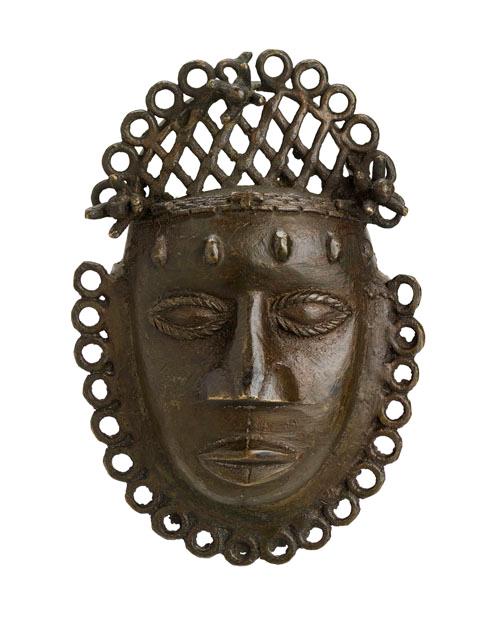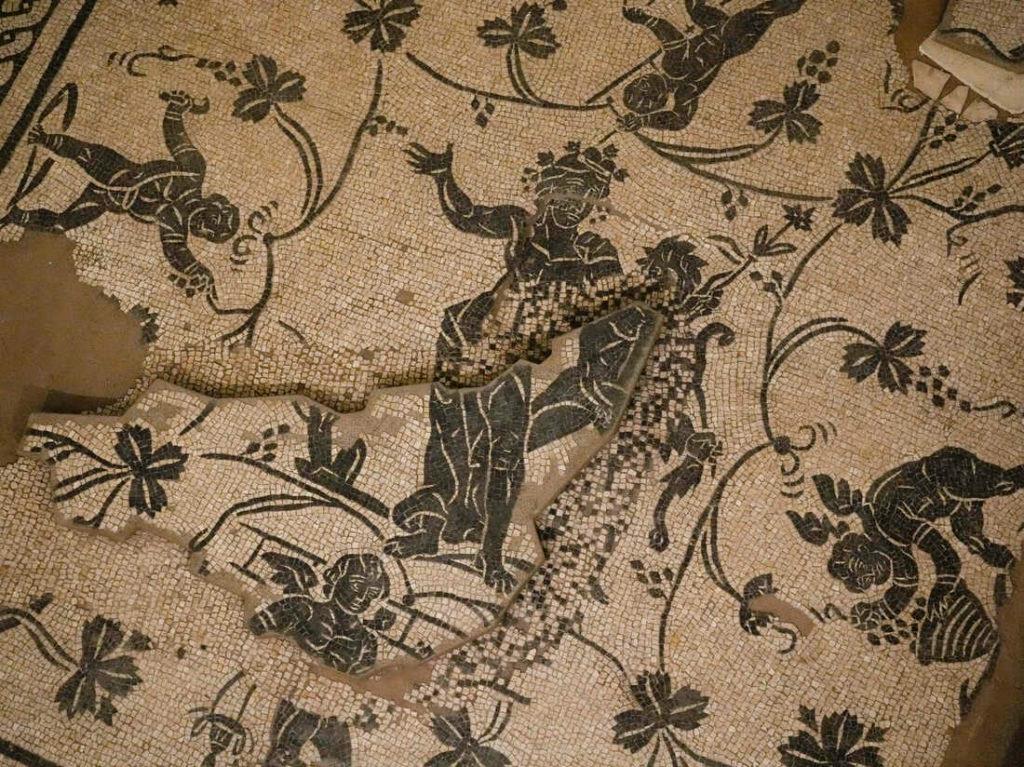
Vatican Museums Open Ancient Roman Necropolis To The Public For The First Time
The Vatican Museums, located within the awe-inspiring Vatican City, are renowned worldwide for their vast collections of art and historical artifacts. Serving as a beacon for art enthusiasts and history buffs alike, these museums offer a unique glimpse into the grandeur of the Catholic Church and its rich cultural heritage. However, a recent development has taken place that has further enhanced the allure of the Vatican City Museums. The Vatican Museums have now opened an ancient Roman necropolis to the public for the first time. This exciting addition allows visitors to journey even further back in time, exploring the intriguing burial practices and customs of ancient Romans. Let's delve deeper into this newfound treasure and dive into the wonders of the Vatican Museums.
Delving into the Vatican City Museums: A Haven of Art and History
The Vatican City Museums have long been regarded as a treasure trove of masterpieces. With an extensive collection spanning various epochs and artistic styles, these museums grant a mesmerizing experience of the pinnacle of human creativity. Every year, millions of visitors flock to marvel at the Sistine Chapel, the monumental Saint Peter's Basilica, and the breathtaking Raphael Rooms. However, until recently, the Vatican Museums had yet to unveil an untapped gem within their vast complex: an ancient Roman necropolis.

Journalists visit an ancient necropolis along the via triumphalis, an archaeological area containing a Roman burial ground during the presentation to the press of the new entrance to the site at the Vatican, Tuesday, Nov. 14, 2023. (AP Photo/Gregorio Borgia)
Unearthing the Past: The Roman Necropolis of the Vatican
Located below the Vatican City, the Roman necropolis offers visitors a unique opportunity to immerse themselves in ancient history. The term“necropolis” derives from ancient Greek, meaning“city of the dead,” and refers to the burial grounds used by ancient civilizations. These necropolises hold immense historical and archaeological value, shedding light on aspects of daily life, beliefs, and burial practices of the people who lived during those times. The Roman necropolis beneath the Vatican City encapsulates this sentiment and offers an intriguing insight into the lives of ancient Romans.
From Tombstone to Time Machine: Exploring the Roman Necropolis
As visitors embark on their journey through the Roman necropolis, they will be transported back in time through a series of well-preserved burial chambers and tombs. The necropolis spans several centuries and allows visitors to witness the evolution of burial practices, from simple chambers to elaborate mausoleums adorned with intricate artwork. The subterranean network of tunnels and chambers showcases the diversity of tombs, offering a glimpse into the social structure and beliefs of ancient Roman society.

A mosaic is displayed inside an ancient necropolis along the via triumphalis, an archaeological area containing a Roman burial ground during the presentation to the press of the new entrance to the site at the Vatican, Tuesday, Nov. 14, 2023. (AP Photo/Gregorio Borgia)
Unveiling the Ancient Art of Funeral Rites
The Roman necropolis is not only a testament to the architectural brilliance of the ancient world; it is a showcase of the artistry and reverence held for the deceased. Visitors will discover beautifully carved sculptures and intricate tomb decorations, depicting scenes from mythology and capturing the essence of the departed individuals' lives. Elaborate frescoes, mosaics, and inscriptions add depth and texture to the necropolis, unveiling the customs, traditions, and spiritual beliefs associated with funeral rites.
Roman Necropolis: A Portal to the Past
For centuries, the Roman necropolis has remained hidden beneath the Vatican, preserved in remarkable condition. Now, with its doors opened to the public, visitors have the opportunity to traverse an underground time capsule. Walking through the narrow passageways, visitors can ponder the stories of those who lived centuries ago, imagining the lives they led and the legacy they left behind. It is an experience that not only piques curiosity but also fosters a profound understanding of our shared human history.
Preservation Challenges: Balancing Access and Conservation
The decision to open the Roman necropolis to the public was undoubtedly a challenging one. Preservation efforts need to strike a balance between providing public access and ensuring the ongoing conservation of these invaluable ancient artifacts. The Vatican Museums have vigilantly implemented measures to protect the necropolis, including environmental controls, regular maintenance, and visitor limits. This delicate equilibrium ensures that future generations can continue to enjoy and learn from this extraordinary archaeological site.
The Power of Immersive Education: Learning through Exploration
By offering access to the Roman necropolis, the Vatican Museums enrich the educational experience for visitors of all ages. Instead of merely observing artifacts from a distance, visitors can now actively engage with history, fostering a deeper understanding and appreciation for ancient Roman culture. The opportunity to explore these hidden chambers and decipher the stories they hold creates a sense of wonder and ignites a desire for further exploration and learning.
A Glimpse into the Past
The Vatican Museums' decision to open the ancient Roman necropolis to the public provides a remarkable opportunity to step back in time and immerse oneself in the mysteries of ancient Rome. This newly accessible site adds another layer of fascination to the already captivating Vatican City Museums. As visitors traverse the subterranean corridors and stand before monumental tombs, they can forge a connection with the past, appreciating the richness and complexity of ancient Roman culture. We can only hope that this extraordinary archaeological treasure will continue to be preserved and shared for generations to come, allowing future visitors to be inspired by the wonders of the Roman necropolis.

Legal Disclaimer:
MENAFN provides the
information “as is” without warranty of any kind. We do not accept
any responsibility or liability for the accuracy, content, images,
videos, licenses, completeness, legality, or reliability of the information
contained in this article. If you have any complaints or copyright
issues related to this article, kindly contact the provider above.

















Comments
No comment